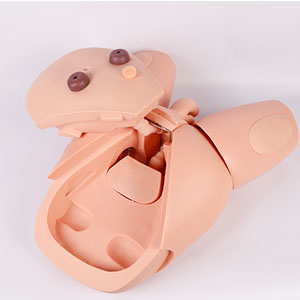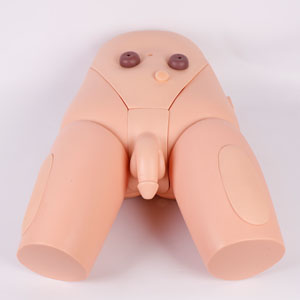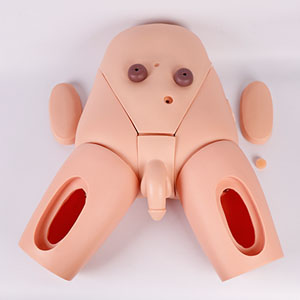

Article tag: Male catheterization model| Medical Nursing Model| BIX-H70/2|
The application of male catheterization model can indeed improve the accuracy of clinical operation of nursing students. Through repeated simulation training, students can obtain a highly consistent operating experience with real clinical situations, thereby effectively reducing operational errors and improving skill levels. This not only contributes to p...
In nursing education, especially when it comes to special skills training, how to effectively improve the trainees' operational accuracy is a crucial topic. As a modern teaching tool, can the male catheterization model really improve the clinical accuracy of the students?
1. Clinical significance: Precise operation is crucial
Male catheterization is a common and critical care procedure, especially in emergency, intensive care, and post-operative care, where a high level of precision is required. Because the catheterization site is special and the operation process involves multiple physiological structures, any operation error may lead to serious complications, such as urethral injury and infection. Therefore, it is of great significance to improve the accuracy of catheterization operation for nursing students to ensure the safety of patients.

2. The role of models in training
The male catheterization model simulates the structure and function of the male reproductive and urinary systems with a high degree of simulation, which provides a simulated clinical operation platform for nursing students. Students can practice repeatedly on the model, gradually familiarize themselves with the steps of catheterization, and master the operation techniques and skills. The detailed design of the model, such as the urethral opening, the touch of the prostate, the correct insertion Angle and depth of the catheter, can help students achieve a practical clinical experience.
Through this practical training, students can continuously correct improper operations in a risk-free environment and gradually improve the accuracy of clinical operations.

3. Data support: improve accuracy
According to the relevant research and educational practice, the accuracy and proficiency of the clinical operation of the students who use the male catheterization model for training have been improved compared with the traditional teaching methods. Some studies have shown that students trained with simulators have a significantly lower rate of catheter error when facing real patients than those who do not use simulators. The training effect of the model has been widely recognized in the field of medical education, especially in the mastery of operational skills and the improvement of precision, showing obvious advantages.
4. Personal growth: Transition from theory to practice
The process of learning catheterization is not only the mastery of skills, but also the transformation of nursing students from theoretical knowledge to practical operation. Through simulation training, participants can deepen their understanding of the details of the catheterization operation, and enhance their self-confidence and adaptability in practice. The male catheterization model provides students with a low-pressure, controllable training environment, avoiding the tension and operational errors that may occur during the first practice.

Sum up
The application of male catheterization model can indeed improve the accuracy of clinical operation of nursing students. Through repeated simulation training, students can obtain a highly consistent operating experience with real clinical situations, thereby effectively reducing operational errors and improving skill levels. This not only contributes to patient safety, but also helps trainees gain experience and increase clinical confidence before entering the actual work. Therefore, the male catheterization model has a value and role in nursing education that cannot be ignored.